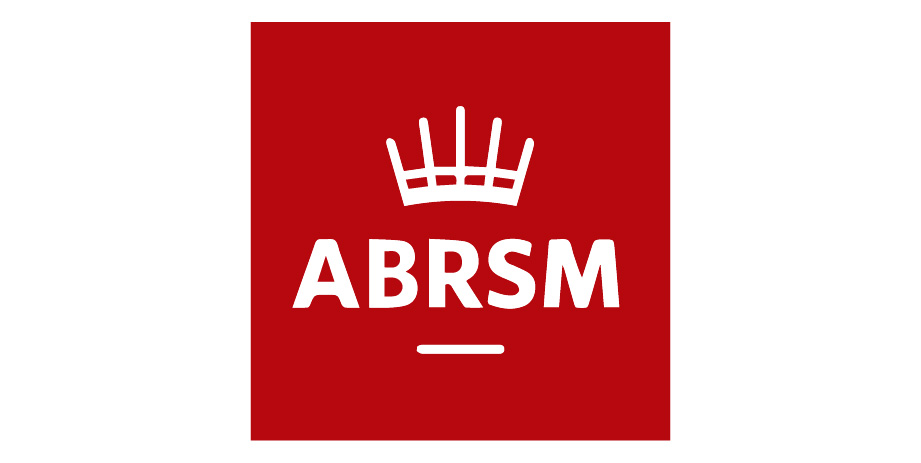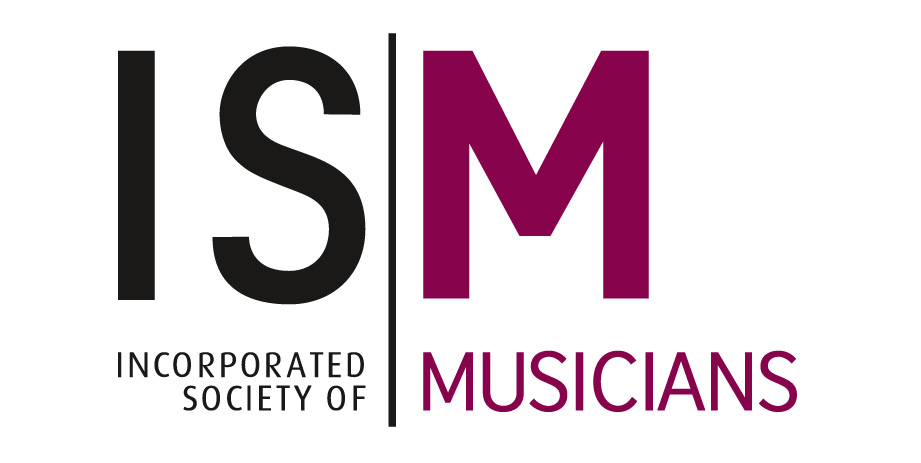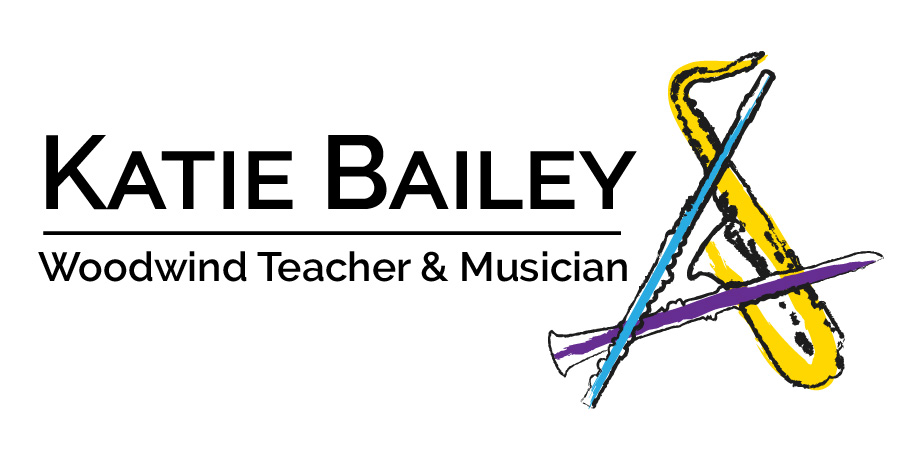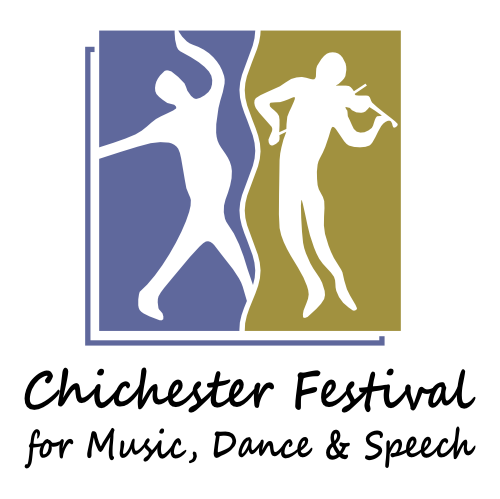Public performances usually take place in the form of concerts. At the other end of the scale are graded music exams, which are played only to an examiner and no-one else. Festival classes are a halfway point between the two; they are played to and judged by a professional adjudicator, however there will also be a small audience there to watch and listen.
Building Piano Technique
What we call technique is the abilities that we have at our disposal to bring our musical ideas to life. It is really a very loose term encompassing the development of hand and bodily movements that will aid the musician. For the pianist, these movements include the strength, flexibility, coordination, independence and control of the fingers, hands and arm.
Aural Skills: The Inner Ear and Visualisation
When was the last time you got a tune stuck in your head? How much of it can you recall before it goes foggy? In how much detail can you render a performance in your head? Can you imagine yourself playing it as you hear it? If you can picture yourself playing a piece as you hear it then you are practising it in an entirely different fashion, known as “visualising.”
Posture at the Piano
Every student should have a basic awareness of what a pianist with good posture should look and play like. Read on to learn how to position your hands, arms, shoulders, legs feet and spine at the piano. The overall posture should tend more towards relaxation than rigidity, so be warned: what follows may not be what you expect to read!












